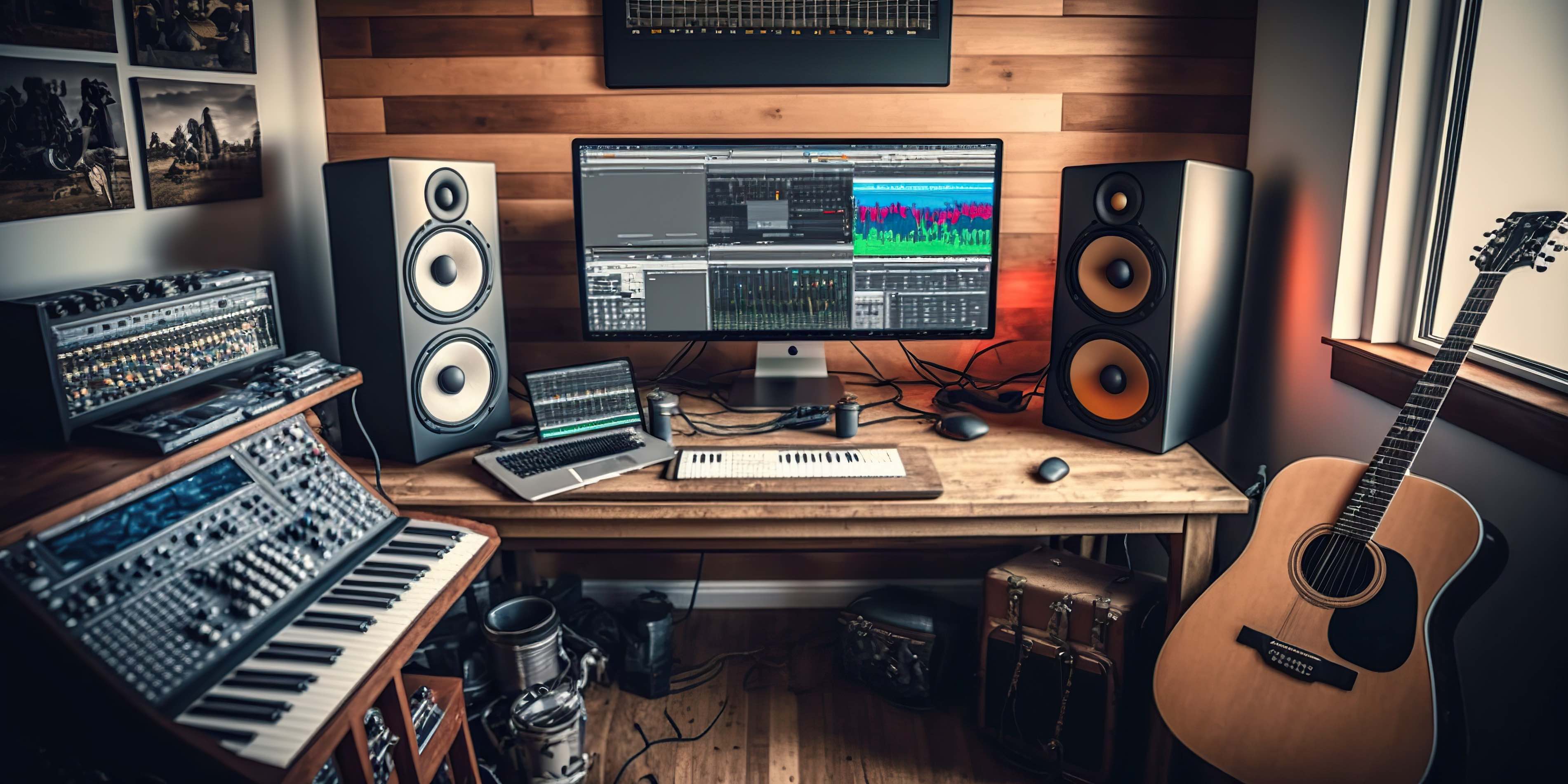Setting up a music production studio at home can be a fulfilling endeavor, especially for an experienced guitarist and composer like yourself. Here's a guide tailored to your expertise and needs:
Key Components for Your Home Studio
1. Room Selection and Acoustics
- Choose a Quiet Space: Opt for a room with minimal outside noise and vibrations.
- Acoustic Treatment:
- Use bass traps, diffusers, and acoustic panels to manage sound reflections.
- Rugs and curtains can help dampen echoes and reverb.
- For recording flamenco guitar, ensure the room reflects warm, natural tones.
2. Essential Equipment
- Computer:
- A high-performance laptop or desktop for running music production software (e.g., a MacBook Pro or a custom-built PC).
- DAW (Digital Audio Workstation):
- Options include Logic Pro X, Cubase, Pro Tools, or FL Studio, depending on your preference.
- For flamenco music, DAWs with good MIDI and audio editing capabilities are ideal.
- Audio Interface:
- Focusrite Scarlett series or Universal Audio Apollo for high-quality recordings.
- Microphones:
- Condenser Mic (e.g., Neumann TLM 102 or Rode NT1) for capturing the nuances of your guitar.
- Dynamic Mic (e.g., Shure SM57) for percussive elements.
- Studio Monitors:
- Yamaha HS8 or KRK Rokit for accurate sound reproduction.
- Headphones:
- Closed-back headphones for recording (e.g., Beyerdynamic DT 770 Pro).
- Open-back headphones for mixing (e.g., Sennheiser HD 650).
3. Guitar-Specific Tools
- Direct Input (DI) Box: For clean guitar signals if needed.
- Preamp: A quality preamp can enhance the warmth of your guitar recordings.
- Plugins: Use virtual instruments and effects tailored for flamenco (reverb, EQ, and specialized flamenco guitar VSTs).
4. Other Essentials
- MIDI Keyboard: For composing and arranging additional instruments.
- Pop Filter and Boom Stand: For vocal recordings or flamenco guitar percussive effects.
- External Storage: Invest in SSDs for backing up projects.
Tips for Flamenco and Acoustic Guitar Recordings
- Microphone Placement:
- Use a stereo pair (e.g., X/Y or ORTF techniques) for a rich, natural sound.
- Position one mic near the soundhole and another near the neck joint.
- String Preparation:
- Use fresh strings for optimal tone, but break them in slightly to avoid excessive brightness.
- Room Ambience:
- Record in a room with natural reverb or simulate it with high-quality plugins.
- Layering Techniques:
- Record multiple takes of rhythm, melody, and rasgueado parts for a fuller sound.
Workflow Optimization
- Templates: Create DAW templates for quick project starts.
- Virtual Instruments: For orchestral or Middle Eastern elements to blend with your flamenco compositions.
- Collaboration Tools: Use platforms like Splice or Soundtrap to collaborate remotely.

Comments
Post a Comment